Day two of meandering around the northern Gulf Coast area of Florida left me with a much better impression than the previous day. Venturing further south, I began the day at Manatee Springs State Park. Located a few miles inland from the coast, the park encompasses the entire length of Manatee Springs, terminating where the spring waters empty into the Suwannee River. The 50 to 150 million gallons of water emitted by Manatee Springs each day bubble up in a circular pool surrounded by giant oak draped in moss.
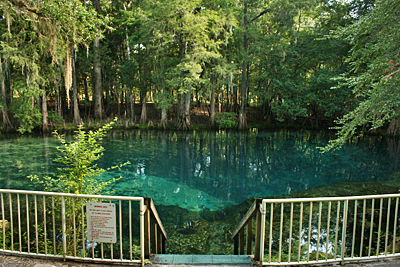
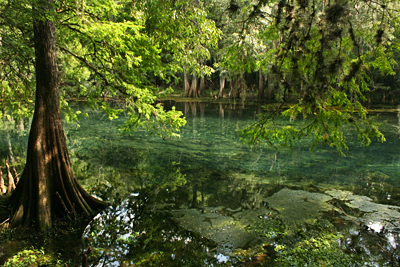
At this springhead, the waters range from the purest turquoise blue to emerald green to the deepest azure blue, and are so clear that you can see every detail of the rocks 25 feet below the surface. Hundreds of manatee winter at these springs, deserting the colder waters of the Suwannee for the year-round 72 degree temperature of the spring waters.
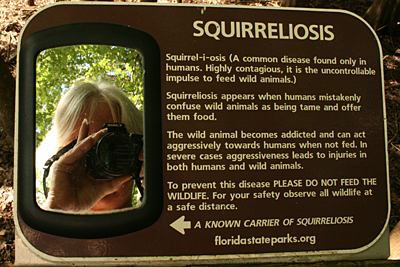
Since I was here in the middle of the summer, there were no manatee around, but the park offers a wealth of other wildlife spotting opportunities, both along the boardwalk that runs the entire length of the springs to the Suwanee River, as well as on the eight miles of marked trails throughout the park. Limited in the time I could spend, I stuck to the boardwalk, where I saw more than a dozen vultures sitting in trees along the river’s edge, and two giant sturgeon jumping in the river. Oh, and there was this other creature, who was reflected in this mirror attached to a sign along the boardwalk; apparently this creature is infected with a common disease known as squirreliosis….
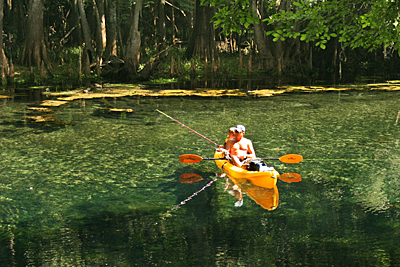
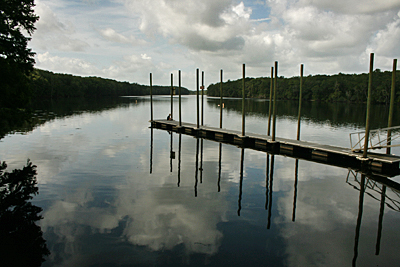
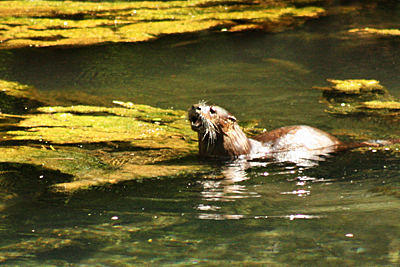
With camp- grounds, picnic areas, swimming holes, and hiking, this park has a great deal to offer. Kayaks, canoes, and boats sit at water’s edge, available on a first-come, first-serve basis. These folks were fully equipped for a day of fishing from their kayak; others were paddling down the course of the spring to the wide, placid Suwannee River, spotting wildlife like this sleek otter swimming playfully around the spring. I thoroughly enjoyed my time here and plan to come back in the winter when the manatee are present and camp a few days.
Around midday I drove back to the coast to check out Cedar Key. Here I learned that this area of the Florida Coast, which tourism officials have named the Nature Coast, is more commonly referred to as the Big Bend area. This part of the Gulf of Mexico has a shallow offshore shelf, with average depth increasing roughly one foot per mile. Along this shallow shelf, there are no barrier islands and few beaches; instead the area is dominated by a network of inland creeks that give out onto salt marshes and seagrass meadows that cover 1,800 square miles of the Gulf. These salt marshes are the breeding ground for many important species, including black rum, red drum, blue crabs, spotted sea trout, and clams. It is fascinating to watch fishermen on the small, flat-top boats dig in the muddy flats for clams and cab.
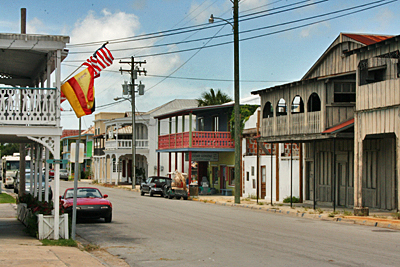


The town of Cedar Key is divided into the historic area, where a dozen or so disheveled old buildings line the main street, located a couple of blocks inland, and the waterfront area, where hotels, restaurants, and quaint little shops perch on pilings and hang out over the water.
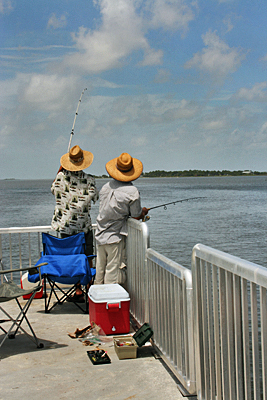
A new municipal pier is under construction and even though it is not yet complete, it was fully occupied by fishermen. There is even a small (probably man-made) beach at the end of the main street.
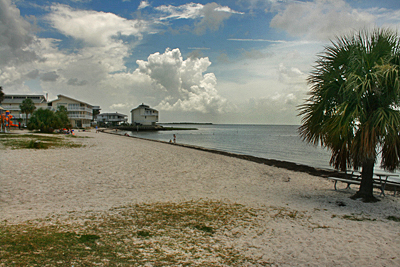
Kayaking is popular here and there was no shortage of places to rent kayaks; the going rate was $30 for four hours. And since Cedar Key lies along a major migratory bird route, it is a birdwatcher’s paradise. Again, I’d like to return in the fall; one of the locals told me that September through December is a great time to visit because the temperatures are cooler, the water is still warm, and the hordes of tourists do not descend upon the island until after January 1st.
Later in the afternoon I visited the towns Crystal River, Homosassa, and Chassahowitzka, named for the rivers they border, all of which contain major springs and empty into the the Gulf. In Crystal River I stopped to chat with Matt and Sue, owners of Aardvark’s Florida Kayak Company. In addition to selling kayaks, they also do guided kayak river tours that offer the opportunity to see manatee, dolphin, and bald eagles in their natural habitat. Matt is putting together a trip for me this September that will incorporate three days of paddling with a stop at a different Bed and Breakfast each night. I can hardly wait!
So it would seem that my initial negative impression of this part of Florida is much improved.I still have no interest in returning to Deckle Beach or Keaton Beach, but I definitely want to spend some more time in the places I saw yesterday.

Its always good to read the reviews before visiting any campground or camp field and get the idea, which facilities we are going to get from them
Fantastic work. You have gained a new fan. I hope you can keep up the good work and I look forward to more of your absorbing posts.